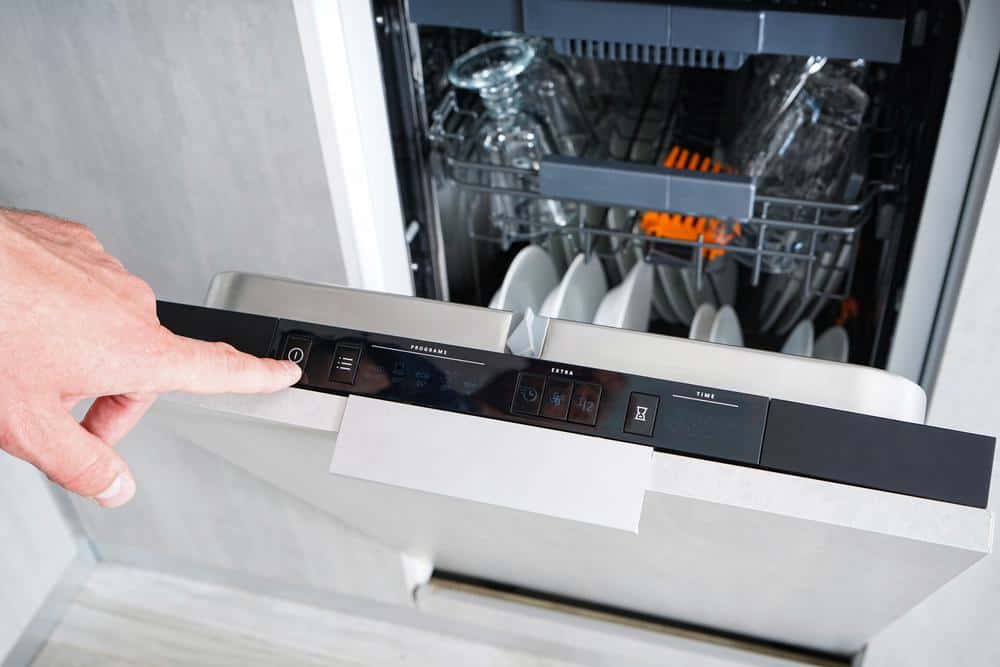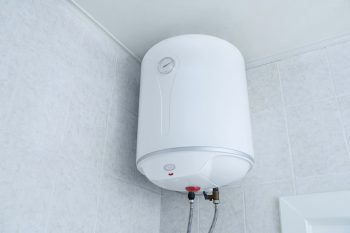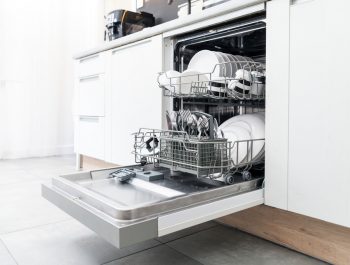
When it comes to designing an efficient, user-friendly kitchen, the placement of appliances plays a crucial role. One appliance, in particular, the dishwasher, can significantly impact the efficiency and functionality of your kitchen. But, what side should the dishwasher be on? This in-depth guide will provide you with everything you need to know to make the best decision for your kitchen.
The side on which the dishwasher should be placed depends on several factors including proximity to the sink, access to water and electrical hookups, storage and workflow, door clearance, noise considerations, compatibility with other appliances, and personal preference. For right-handed people, it’s generally more convenient to have the dishwasher on the left side of the sink, while left-handed people usually prefer it on the right side. However, the overall layout of your kitchen, location of other appliances, and plumbing and electrical connections should also be considered.
Factors to Consider for Dishwasher Placement
Several factors should be taken into account when deciding where to place your dishwasher:
Proximity to the Sink
The dishwasher should ideally be positioned next to the sink to facilitate easy loading and unloading, as well as to simplify plumbing connections. This placement allows for a more efficient and comfortable dishwashing process. However, this may not be possible in all kitchens due to space or design constraints.
Access to Water and Electrical Hookups
The dishwasher should be placed near existing plumbing and electrical outlets to minimize installation costs and complexity. The space where the dishwasher is installed needs to be deep enough to accommodate the hot water intake and drain lines, as well as the electrical wiring.
Storage and Workflow
The dishwasher should be located close to cabinets where dishes, glasses, and flatware are stored to make unloading more efficient. Consider the workflow in the kitchen and visualize daily tasks to ensure smooth movement around the area.
Door Clearance and Walkway Space
Avoid positioning the dishwasher in a location that will block off a main walkway when it’s open. Ensure there is enough door clearance and space for the dishwasher to be used without obstructing traffic flow in the kitchen.
Noise Considerations
If noise is a concern, consider placing the dishwasher away from areas where people gather or work, such as dining or living spaces.
Compatibility with Other Appliances
Consider the location of other appliances, such as the cooktop, in relation to the dishwasher. Avoid having the dishwasher door open into the area where someone stands when using the cooktop or the sink.
Personal Preference and Handedness
The side of the sink where the dishwasher is located can be a matter of personal preference, depending on whether the main user is right-handed or left-handed.
The Importance of Efficient Workflow
The location of the dishwasher in relation to the sink and other main workstations is crucial for an efficient kitchen workflow. According to the National Kitchen & Bath Association (NKBA), the nearest edge of the primary dishwasher should be located within 36 inches of the sink. Moreover, creating zones around your appliances and sink can further enhance the efficiency of your kitchen workflow. These zones include prepping, cooking, clean-up, and putting away.
The Role of Plumbing and Electrical Wiring
Plumbing and electrical wiring play a significant role in the placement of a dishwasher in your kitchen. The dishwasher should be placed as close to the sink as possible to make the cleaning process more efficient and to save on materials. Furthermore, it must be on its own dedicated circuit, and it can be either hardwired or connected to a plug-in receptacle.
The Impact of Dishwasher Placement on Kitchen Design
While functionality is essential, the aesthetic balance of your kitchen design should also be considered when placing your dishwasher. For example, placing the dishwasher next to the sink might limit counter space but can provide visual symmetry and balance.
Common Mistakes to Avoid When Installing a Dishwasher
When installing a dishwasher, common mistakes to avoid include incorrect measurements, forgetting to shut off the water, wrong plumbing connections, neglecting to install an air gap or high-loop, leaks from drain and hot water lines, overloading the dishwasher, forgetting to secure the dishwasher, and breaking existing drain and hot water lines.
Conclusion
In conclusion, the side on which you should place your dishwasher depends on your dominant hand and the overall layout of your kitchen. For right-handed people, it is generally more convenient to have the dishwasher on the left side of the sink, while left-handed people usually prefer it on the right side. However, it is essential to consider the overall layout of your kitchen and the location of other appliances, as well as plumbing and electrical connections. Ultimately, the best placement for your dishwasher should be based on your personal preferences and the specific design of your kitchen, ensuring that it is both functional and convenient for your daily tasks.
Frequently Asked Questions
What if my kitchen doesn’t have enough space to place the dishwasher near the sink?
In case your kitchen doesn’t have enough space to place the dishwasher near the sink, you can consider placing it on the opposite side of the kitchen or in a location where it would be most convenient for you. However, you may need to invest in additional plumbing and electrical work to accommodate this placement.
Can I install the dishwasher myself?
While it’s technically possible to install a dishwasher yourself, it’s generally recommended to hire a professional, especially if you’re not familiar with plumbing and electrical work. Incorrect installation can lead to leaks and other issues down the line.
What is an air gap or high-loop in dishwasher installation?
An air gap or high-loop in dishwasher installation is a method used to prevent dirty water from re-entering your dishwasher from the sink. An air gap is a device that is installed on the sink or countertop that provides a pressure break in the drain line. A high-loop is an alternative to an air gap where the drain line is made to loop up to a high point beneath the sink.
What should I do if the dishwasher is too noisy?
If the dishwasher is too noisy, you can consider getting a model with a lower decibel rating. Additionally, make sure that the dishwasher is properly installed and insulated, as improper installation can contribute to excess noise.
What is the standard size of a dishwasher?
The standard size of a built-in dishwasher in the United States is 24 inches wide, 24 inches deep and 35 inches high. However, there are also compact dishwashers available that are 18 inches wide. Always measure your space before purchasing a dishwasher.












